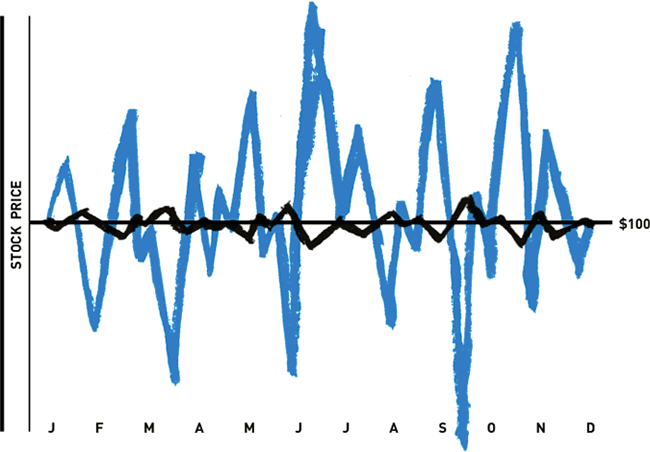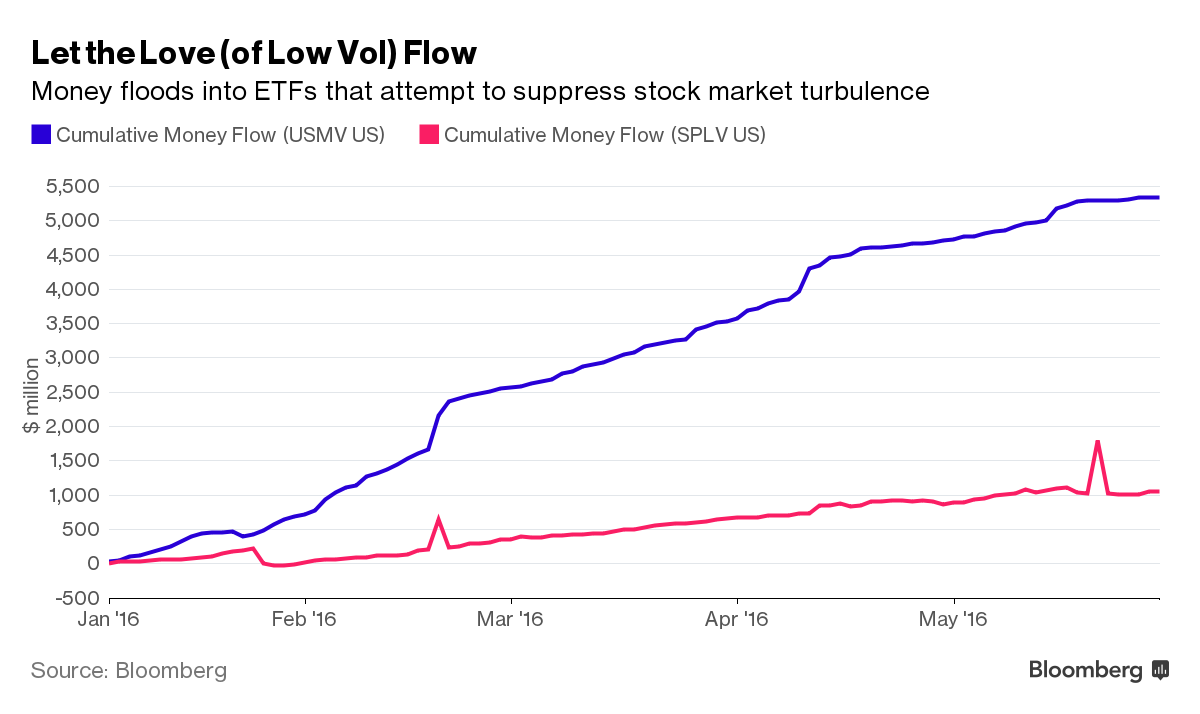Explanation for CAPM:
------------------
1. Risk free rate (Rf):
Imagine I offer you a chance to earn money without having risk.
By putting your money into my bank which is protected by the government (the bank won’t collapse!), you can earn 2% return per year.
We call that 2% rate of return -> 2% RISK-FREE RATE
For stocks, the market in U.S. is usually represented as the S&P 500 (Hang Seng Index for Hong Kong market).
------------------
2. Expected Market Return (Rm) in CAPM:
It is just a rate of return you can get by investing in the general stock market
For stocks, the market in U.S. is usually represented as the S&P 500 (Hang Seng Index for Hong Kong market).
------------------
3. Beta, β
β is a way to measure risk using “volatility”(波幅, it is a rate at which the price of a security increases or decreases)
compared to a commonly used system, e.g. the general stock market.
High volatility:

Low volatility:

Example: If the beta of Google stock is 1.1,
that means when the general stock market goes up by 20%,
then Google stock will go up by around 22% (1.1 times of the increase), vice versa
Beta = 1.1
=> 10% more volatility (riskier than investing in the general stock market)
When the general stock market goes up/down by 20%,
the stock with beta 1.1 will go up/down by 22% (10% more volatility than the stock market)
If the beta of Google stock is exactly 1.0,
it means when the general stock market goes up by 10%,
the Google stock increases exactly by 10% (same volatility as the general stock market)
In other words, if Beta of a stock is higher,
then its stock price increases more (decreases more) than the general stock market when the general stock market goes up (goes down). So it incurs higher risk!
------------------
4. Market premium (Rm-Rf): the return of the market in excess of the risk-free rate
It is the return in excess of the risk free rate which must be earned by equities to convince investors to take on the risk inherent in them.
------------------
A simple example from Investopedia:
Example of CAPM
Using the CAPM model and the following assumptions, we can compute the expected return for a stock:
The risk-free rate is 2% and the beta (risk measure) of a stock is 2.
The expected market return over the period is 10%, so that means that the market risk premium is 8% (10% - 2%) after subtracting the risk-free rate from the expected market return.
Plugging in the preceding values into the CAPM formula above, we get an expected return of 18% for the stock:
18% = 2% + 2 x (10%-2%)




